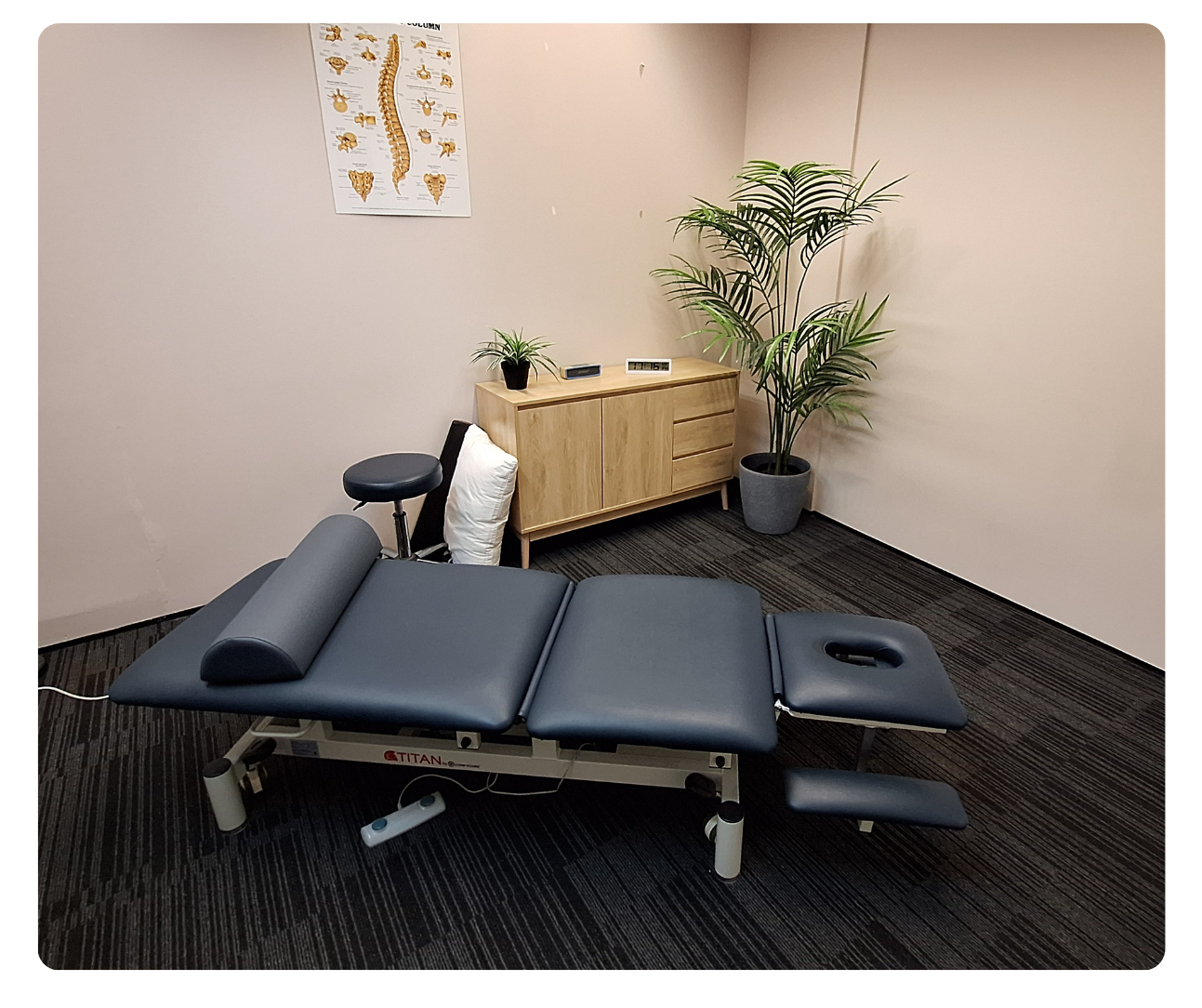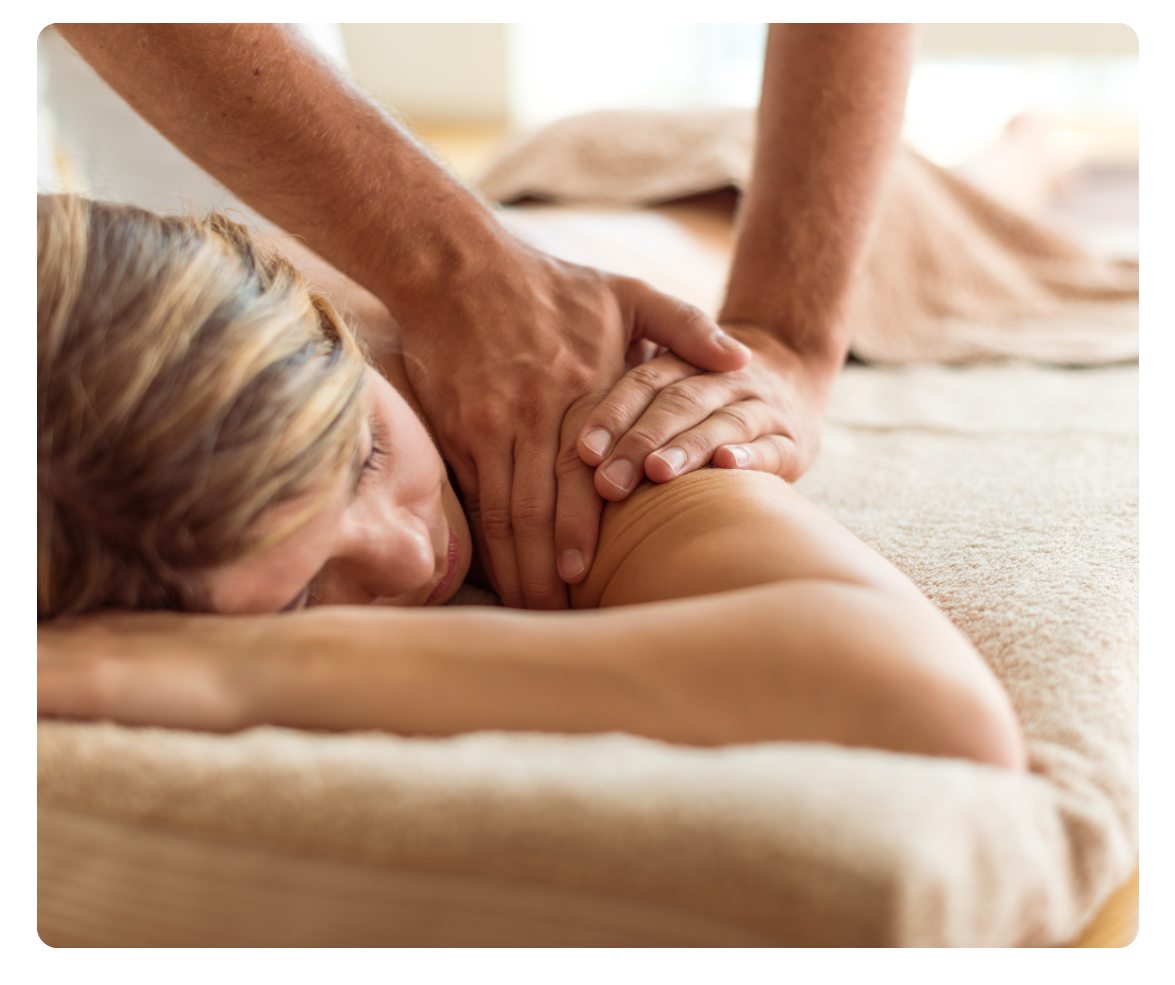Remedial Massage
Remedial massage therapy is a type of massage that is used to treat a variety of conditions affecting the muscles, tendons, and ligaments. It is a hands-on therapy that uses a variety of techniques to improve circulation, reduce pain, and promote relaxation.
What is Remedial Massage
Remedial massage is a type of massage therapy that focuses on treating pain and injury. It is a holistic approach that uses a variety of techniques to release muscle tension, improve circulation, and promote healing. Remedial massage therapists are trained to identify and treat specific muscle and joint problems, and they often work with other healthcare professionals, such as exercise physiologists and physiotherapists, to develop a comprehensive treatment plan. Remedial massage therapists use a variety of techniques and can be used to treat a variety of conditions, including:
- Back pain
- Neck pain
- Shoulder pain
- Headaches
- Muscle tension
- Carpal tunnel syndrome
- Fibromyalgia
- Arthritis
- Sports injuries
 |  |

Here are some of the benefits of remedial massage therapy:
- Reduces pain
- Improves circulation
- Reduces inflammation
- Promotes relaxation
- Improves range of motion
- Speeds up recovery from injury
- Improves sleep
- Boosts the immune system
- Reduces stress
- Improves mental health

Who Can Benefit from Remedial Massage?
Remedial massage can benefit a wide range of individuals who may be experiencing various physical conditions or seeking therapeutic treatment. Some of the people who can benefit from remedial massage include:
-
Individuals with muscular pain or tension: Remedial massage can help relieve muscle tightness, knots, and general discomfort. It can be particularly beneficial for those experiencing chronic pain, muscular imbalances, or repetitive strain injuries.
-
Athletes and sports enthusiasts: Remedial massage can aid in injury prevention, muscle recovery, and enhancing sports performance. Athletes often use it to address muscle soreness, increase flexibility, and improve overall muscle function.
-
Individuals with postural issues: Poor posture can lead to muscle imbalances, pain, and restricted range of motion. Remedial massage can help address these issues by releasing tension in specific muscle groups, improving alignment, and promoting better posture.
-
Individuals with stress and anxiety: Remedial massage has a calming effect on the nervous system, promoting relaxation and reducing stress levels. It can help alleviate symptoms of anxiety, improve sleep quality, and enhance overall well-being.
-
Individuals with occupational strains: People who engage in physically demanding jobs or spend long hours sitting at a desk can experience muscle tension, stiffness, and discomfort. Remedial massage can provide relief by targeting specific areas of tension and promoting better muscular function.
-
Individuals with injuries or rehabilitation needs: Remedial massage is commonly used as part of the rehabilitation process for various injuries, such as sprains, strains, and muscle tears. It can aid in reducing pain, improving circulation, enhancing tissue healing, and restoring optimal movement.
-
Individuals seeking general relaxation and rejuvenation: Even individuals without specific conditions can benefit from remedial massage as a form of self-care. It can help reduce overall muscle tension, improve circulation, promote relaxation, and enhance a sense of well-being.
What Should You Expect During an Appointment?
Each appointment will include a consult to discuss current complaints and any relevant health history, as well as an assessment of movement and discomfort (usually posture and/or range of motion analysis).
The treatment itself includes clients positioning themselves on a massage table so the area of need can be accessed - towels and pillows are used to maintain privacy and comfort. Lotions/creams are applied to aid in administering the massage. A variety of different massage techniques can be used, depending on the specific condition and individual needs. Techniques include:
- Deep Tissue Massage
- Passive Stretching
- Trigger Point Massage
- Myofascial Cupping
- Joint Mobilisation
- Prenatal massage
Sessions are concluded with a check-in to re-assess movement and note any changes. Here, after-care advice can be given including the prescription of appropriate stretches and mobility exercises to aid in discomfort relief.
